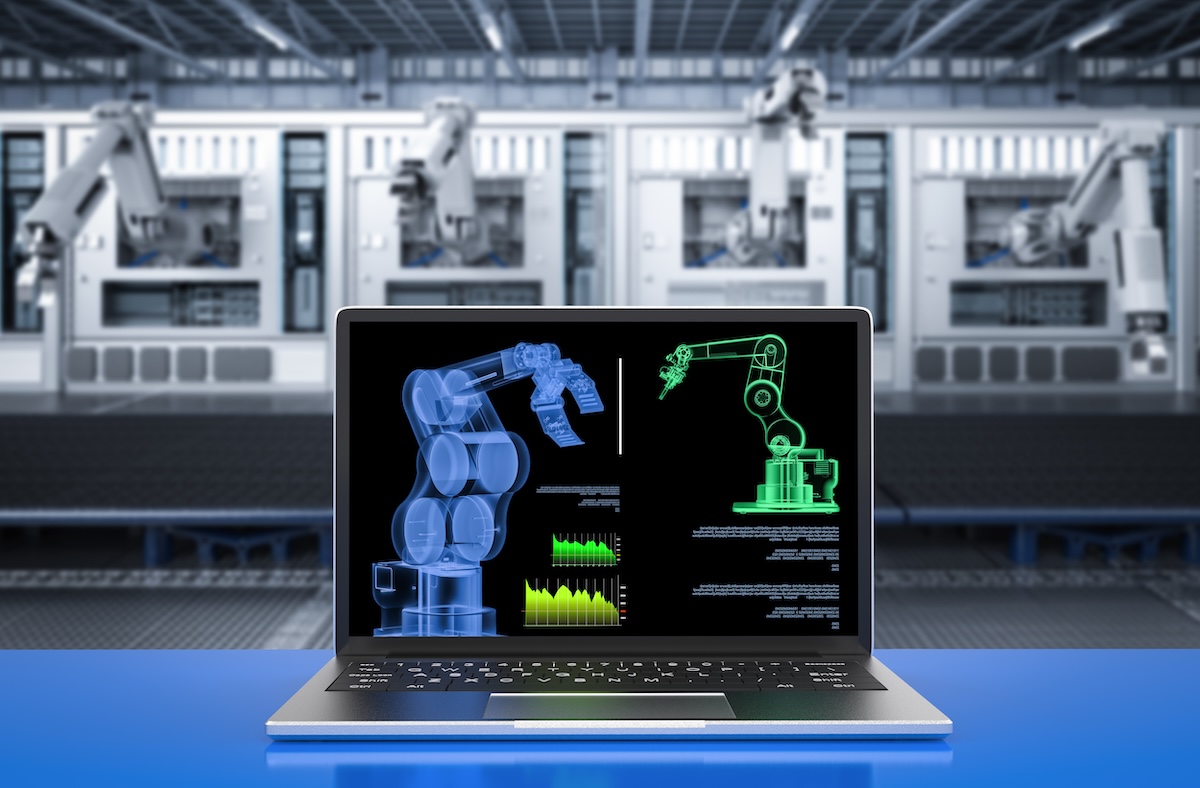ERP and lean manufacturing: eliminating muda
Muda is the Japanese word for “wastefulness” and was initially popularized by Toyota as the main concept behind lean manufacturing. Muda refers to any activity that consumes resources without adding any value to the end product, including waste, overproduction, defects, unnecessary motion, or defects. By focusing on eliminating muda, Toyota achieved never-before-seen efficiency gains, solidifying its position as the market leader.
Less than a decade ago, ERP and lean manufacturing principles were seen as mutually exclusive. ERP systems were designed around forecast-based planning, while lean manufacturing was focused on responding to actual customer demands. However, ERP technology has advanced significantly in recent years, and now companies can use ERP for manufacturing along with lean principles to reduce muda while maintaining the flexibility necessary for today’s rapidly changing markets.
The symbiosis between ERP and lean manufacturing
It has become increasingly clear that ERP and lean manufacturing don’t have to be at odds but can complement each other. ERP systems, with their advanced manufacturing-specific capabilities, can now track, analyze, and eliminate various types of muda:
Inventory waste
Accurate demand planning is the cornerstone of lean manufacturing. To eliminate guesswork from demand forecasting, organizations need to put to use the abundance of data they have. With a properly configured ERP system and historical demand data at hand, manufacturers can precisely predict their purchasing and stocking needs for a particular time frame, reducing waste and optimizing operations.
Minimizing defects
Eliminating defective products is a rather bold goal, but minimizing the number of defects is achievable for most manufacturing organizations that rely on modern ERP software. For example, if one component or raw material is identified as defective, the ERP system can detect other materials sourced from the same supplier.
Moreover, more advanced ERP systems integrated with IoT systems can gather elaborate data on production equipment, alerting relevant staff about potential machinery issues before they escalate and lead to defects. For example, by continuously monitoring equipment temperature or vibration levels, smart IoT sensors can detect when levels go above a certain threshold. Based on this information, the ERP system can automatically notify maintenance engineers of the issue.
Enabling built-in quality
Another way to ensure that manufactured products are of the best quality possible is to rearrange the design process in a way that eliminates the need to conduct after-production inspections. Shop floor workers can be ordered to input specific product measurements at the beginning of each production stage. This way, a shop floor worker at the next stage can check the product’s measurements against data from the previous step, significantly reducing the probability of product quality deterioration or defects along the way. An ERP system can play a pivotal role in this practice by serving as a single source of truth for such information. Moreover, managers can better assess what processes or workers impact product quality the most.
Reducing transportation waste
When goods are moved excessively, the manufacturing process becomes bloated with delays and costs. ERP systems, in conjunction with IoT, can help companies reduce transportation waste by allowing supply chain managers to make decisions based on real-time product tracking. Whether it’s optimizing routes or scheduling deliveries months in advance, ERP systems become an extra layer of intelligence in the supply chain.
Optimizing waiting time
When goods, equipment, or employees are idle, this is another form of waste. Whether it’s waiting for materials to arrive, for equipment to be repaired, or for approval, all this time mounts up and can significantly impact productivity.
ERP systems can provide a holistic view of operations, enabling managers to identify bottlenecks or inefficiencies and take necessary actions to optimize workflows.
Enabling SMED
In its original document, Toyota mentioned Single Minute Exchange of Dies (SMED) as one of its lean principles. In the manufacturing context, many operations require additional time for equipment or process setup, which is often considered part of the process itself. With ERP in place, manufacturers can report setup times separately and add it to the system to better track what factors play into decreasing setup times and take into account the expected setup times in the future.
ERP as a key to lean manufacturing
In the manufacturing context, finding opportunities for process enhancement and making them leaner often feels akin to finding a needle in a haystack. In this sense, an ERP system can play a pivotal role in organizing abundant data and providing manufacturers with a more comprehensive picture of their operations.
Manufacturers can leverage the advanced capabilities of ERP systems to dramatically reduce muda, ranging from inventory waste and defects to transportation waste and idle times.
Most importantly, ERP systems embody one of the main ideas of lean manufacturing – continuous improvement. With data-driven insights at hand, ERP systems can empower manufacturers to eliminate all unnecessary actions and steps and deliver value to the end customer.
About the author
 This article was written by Andrey Koptelov is an Innovation Analyst at Itransition, a software development company headquartered in Denver. With a profound experience in IT, he writes about new disruptive technologies and innovations.
This article was written by Andrey Koptelov is an Innovation Analyst at Itransition, a software development company headquartered in Denver. With a profound experience in IT, he writes about new disruptive technologies and innovations.



